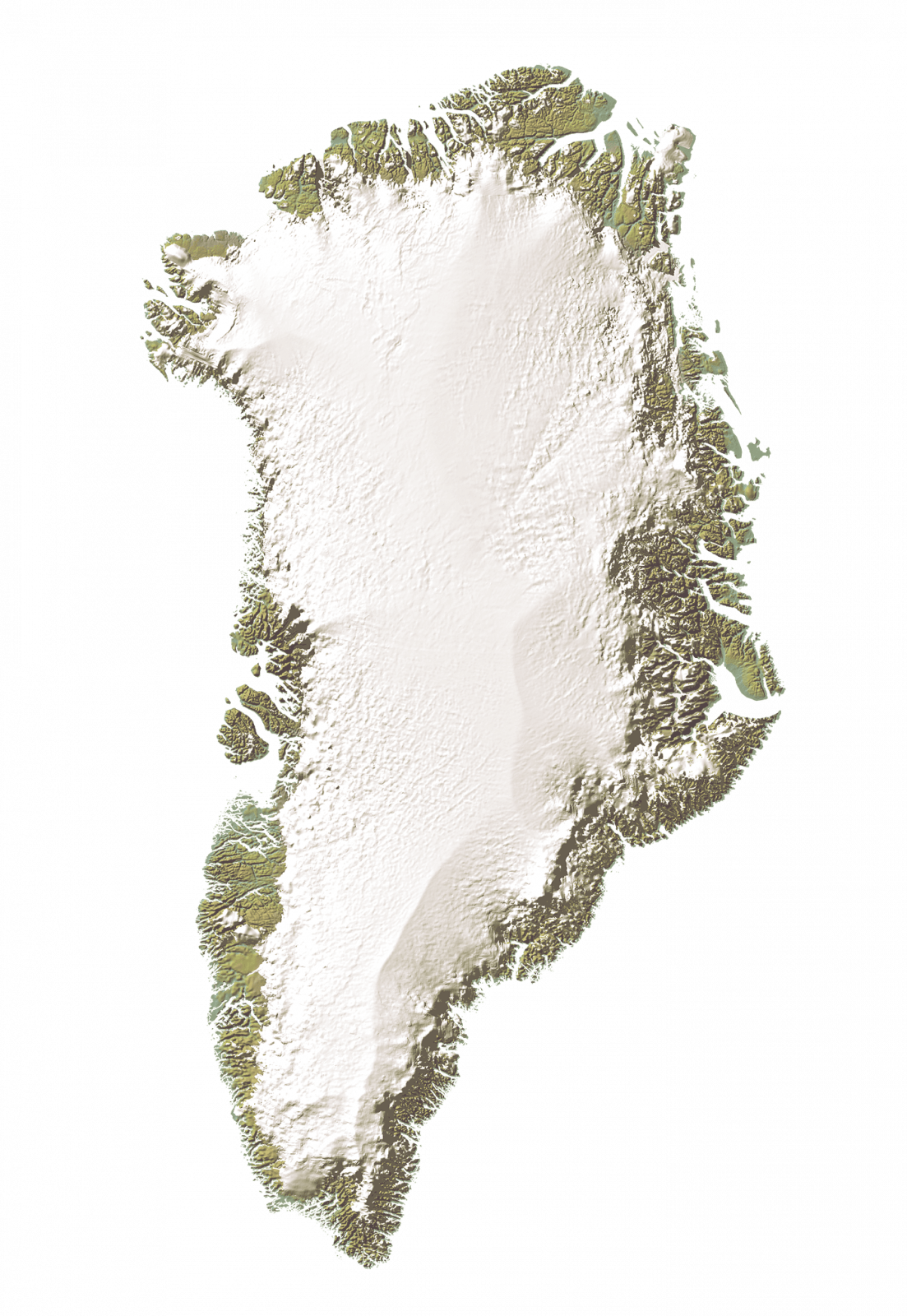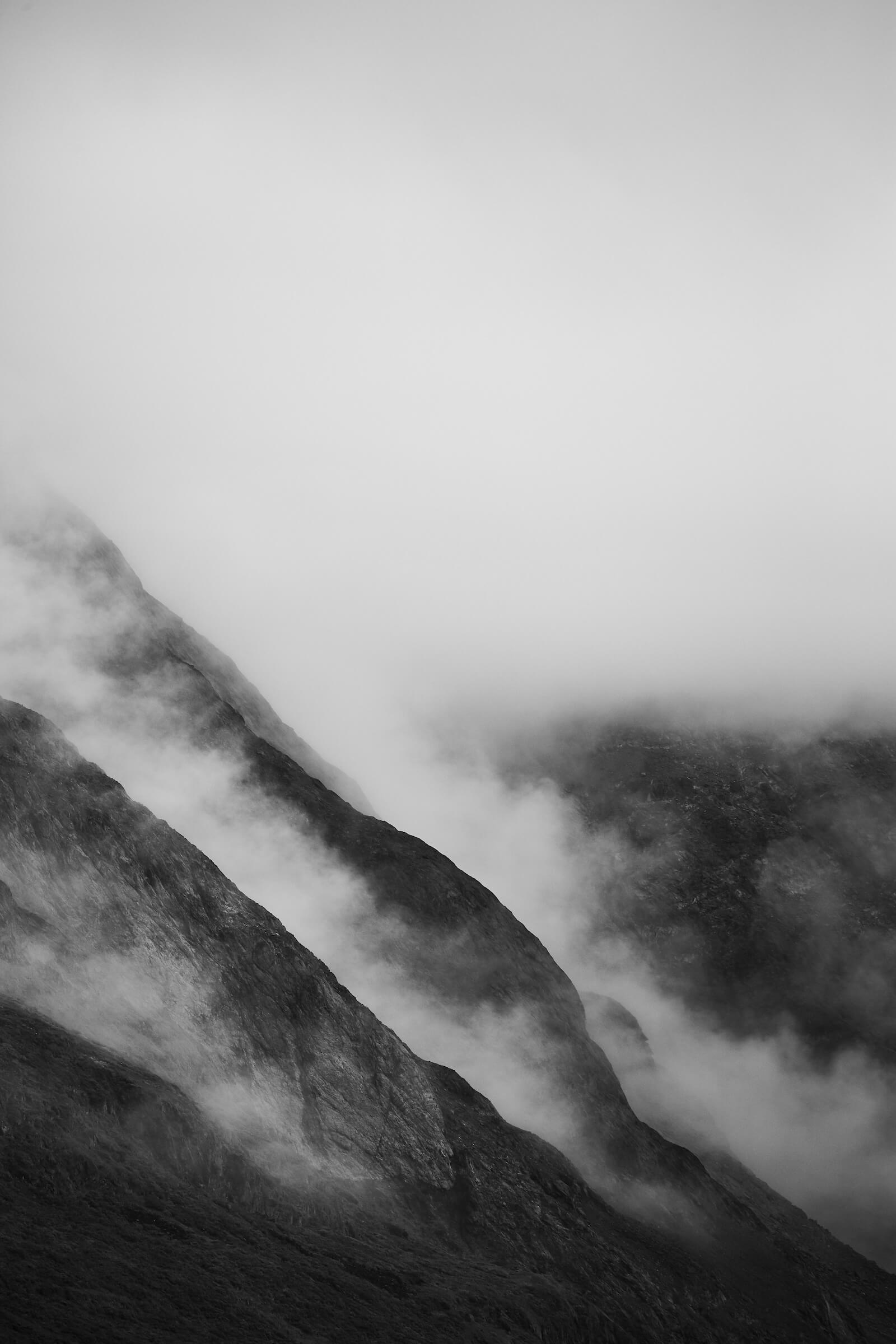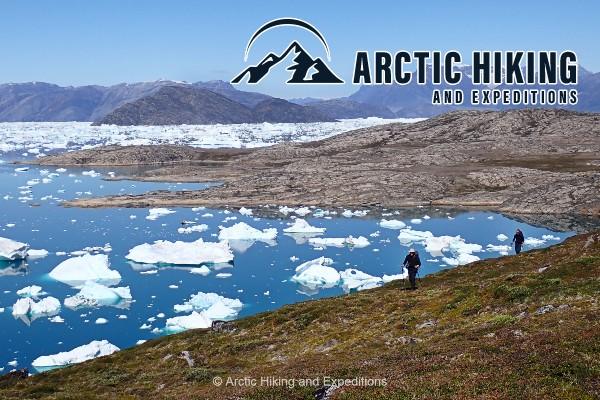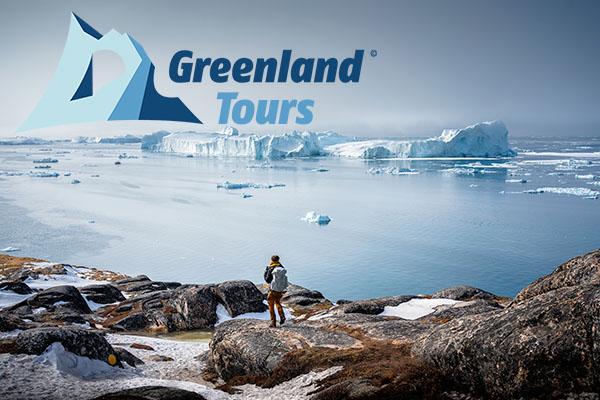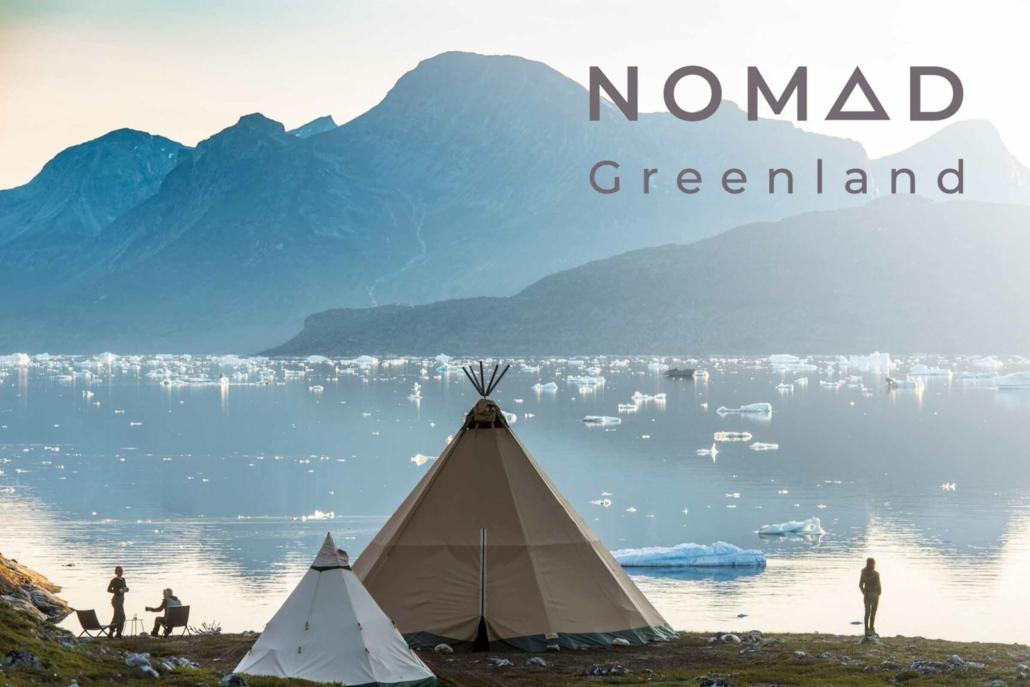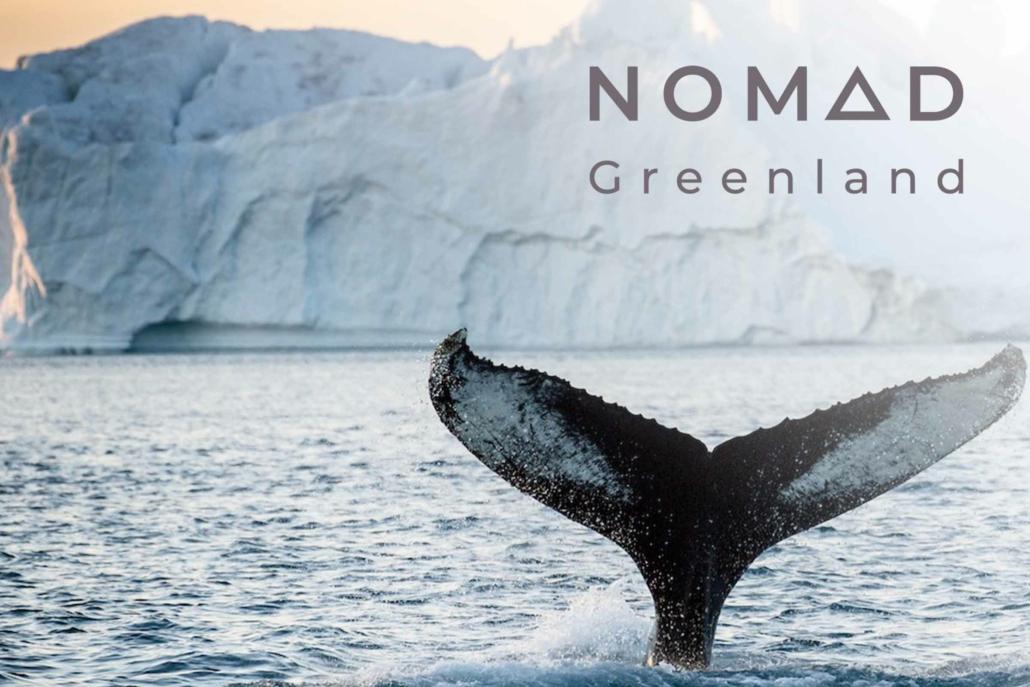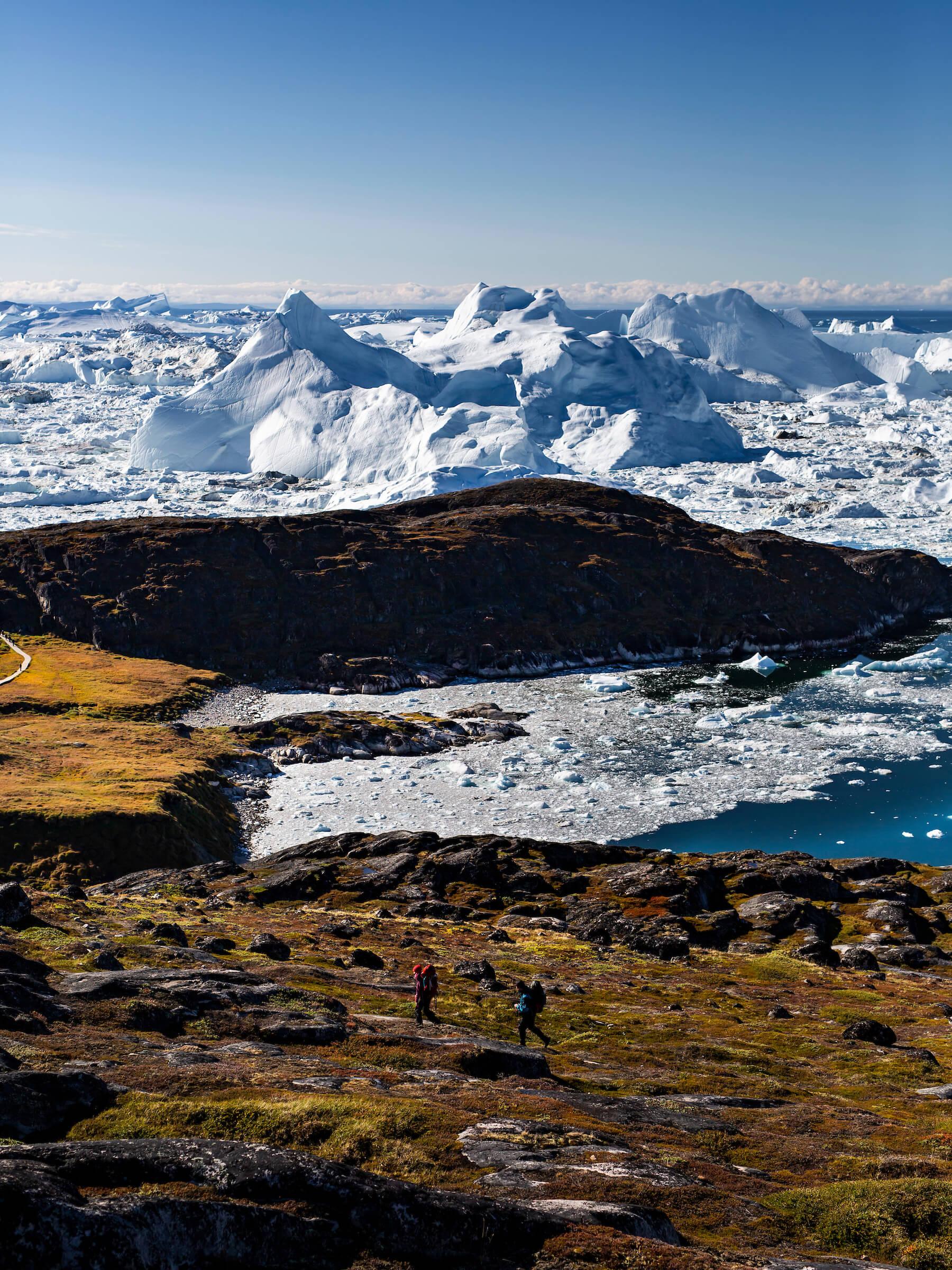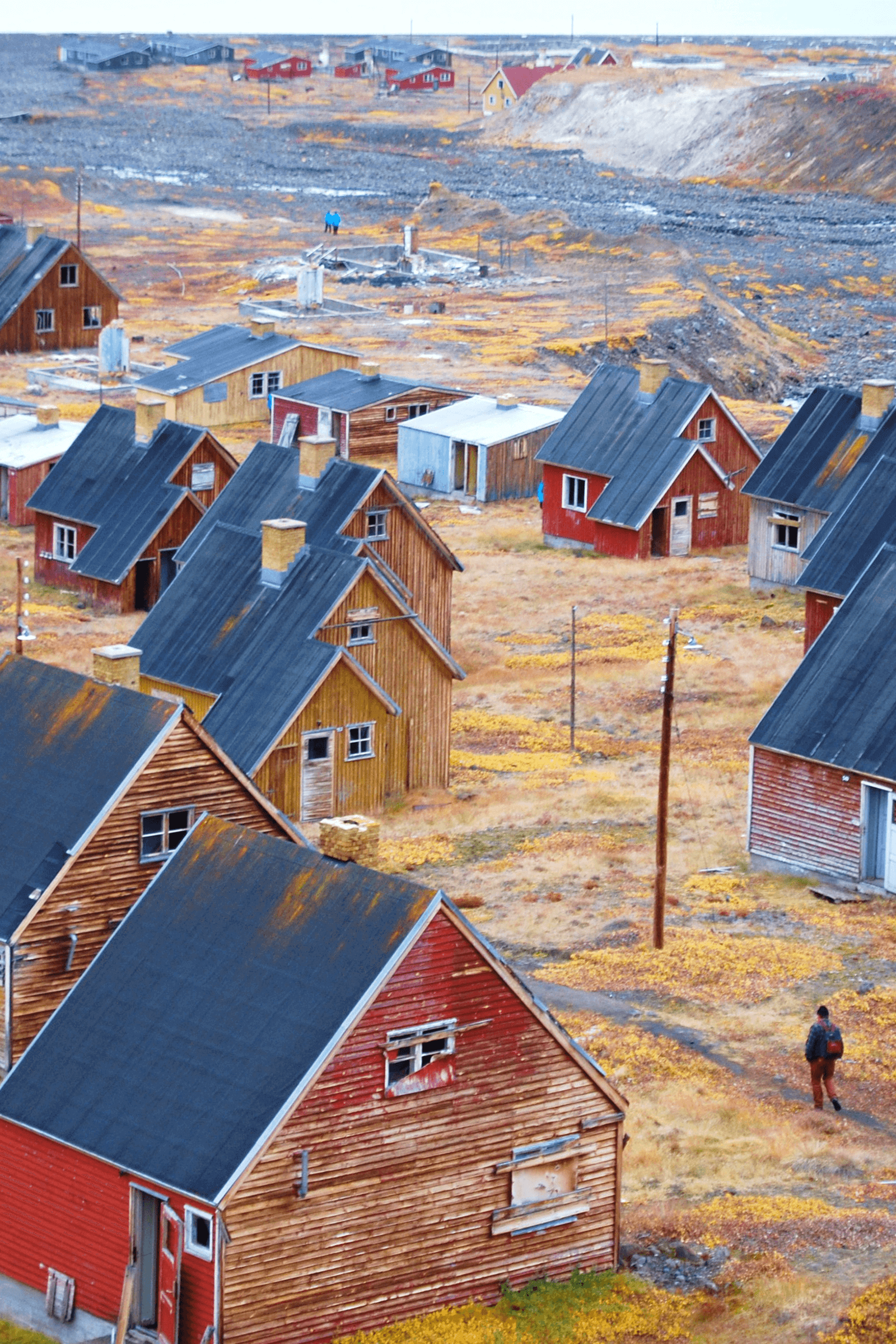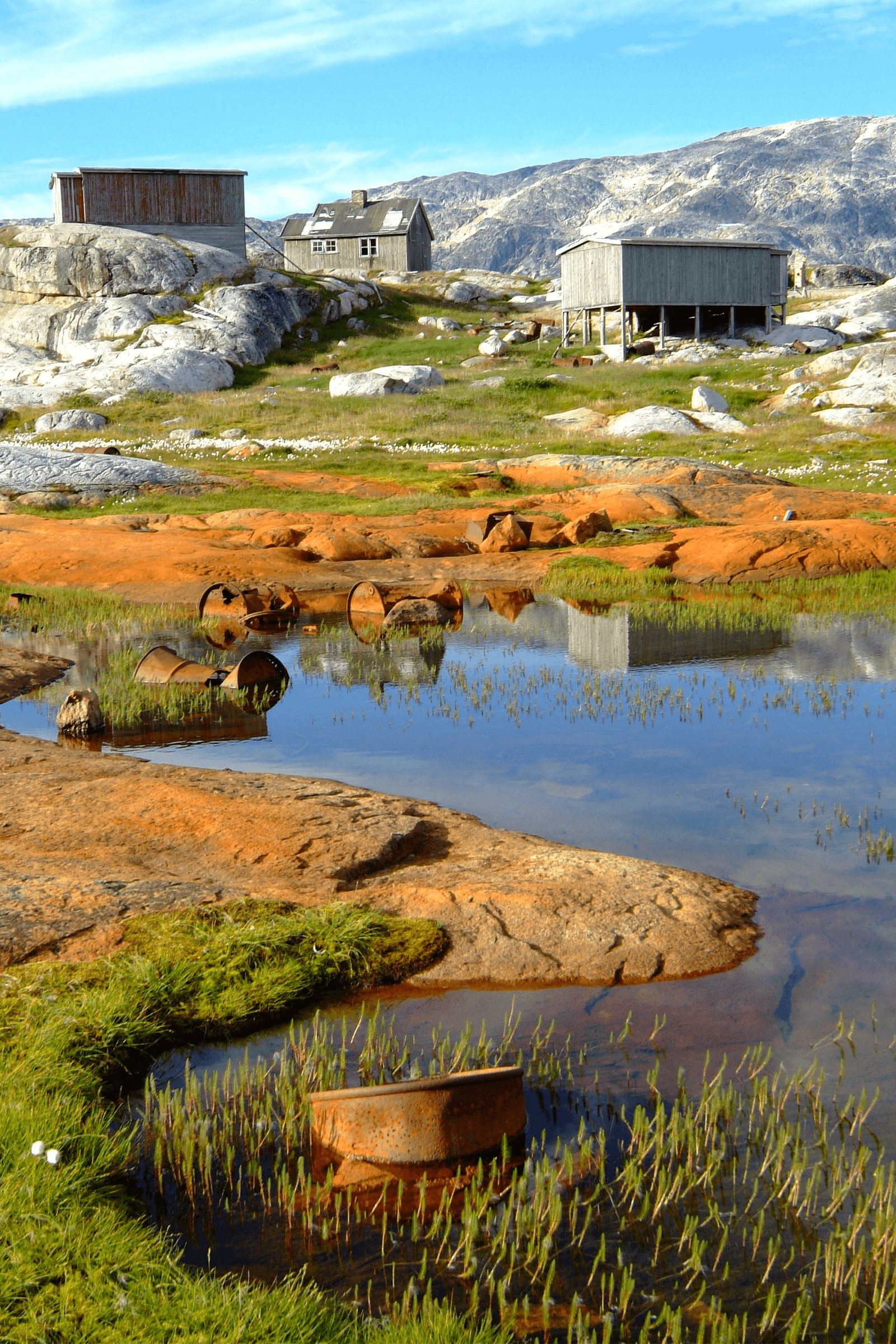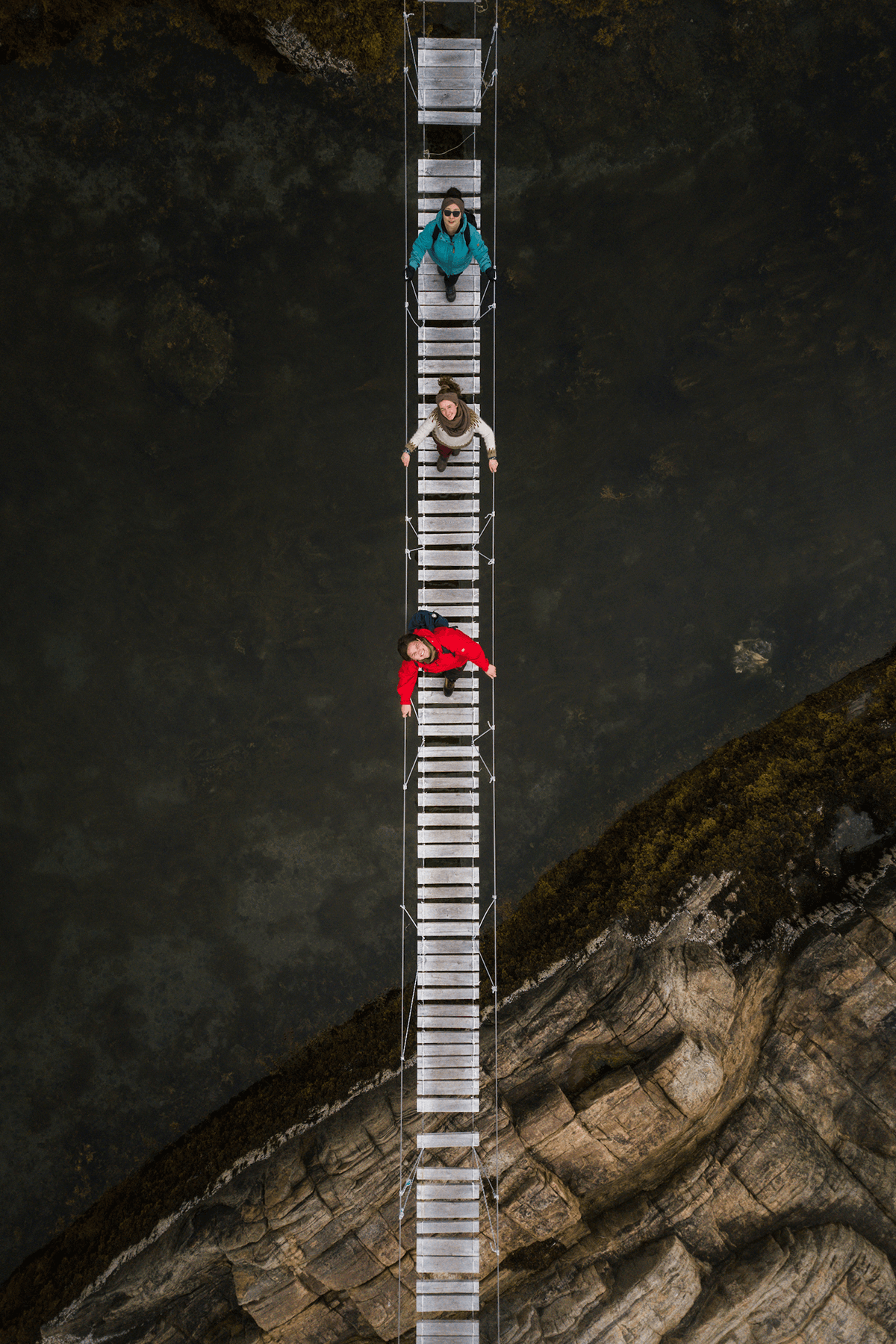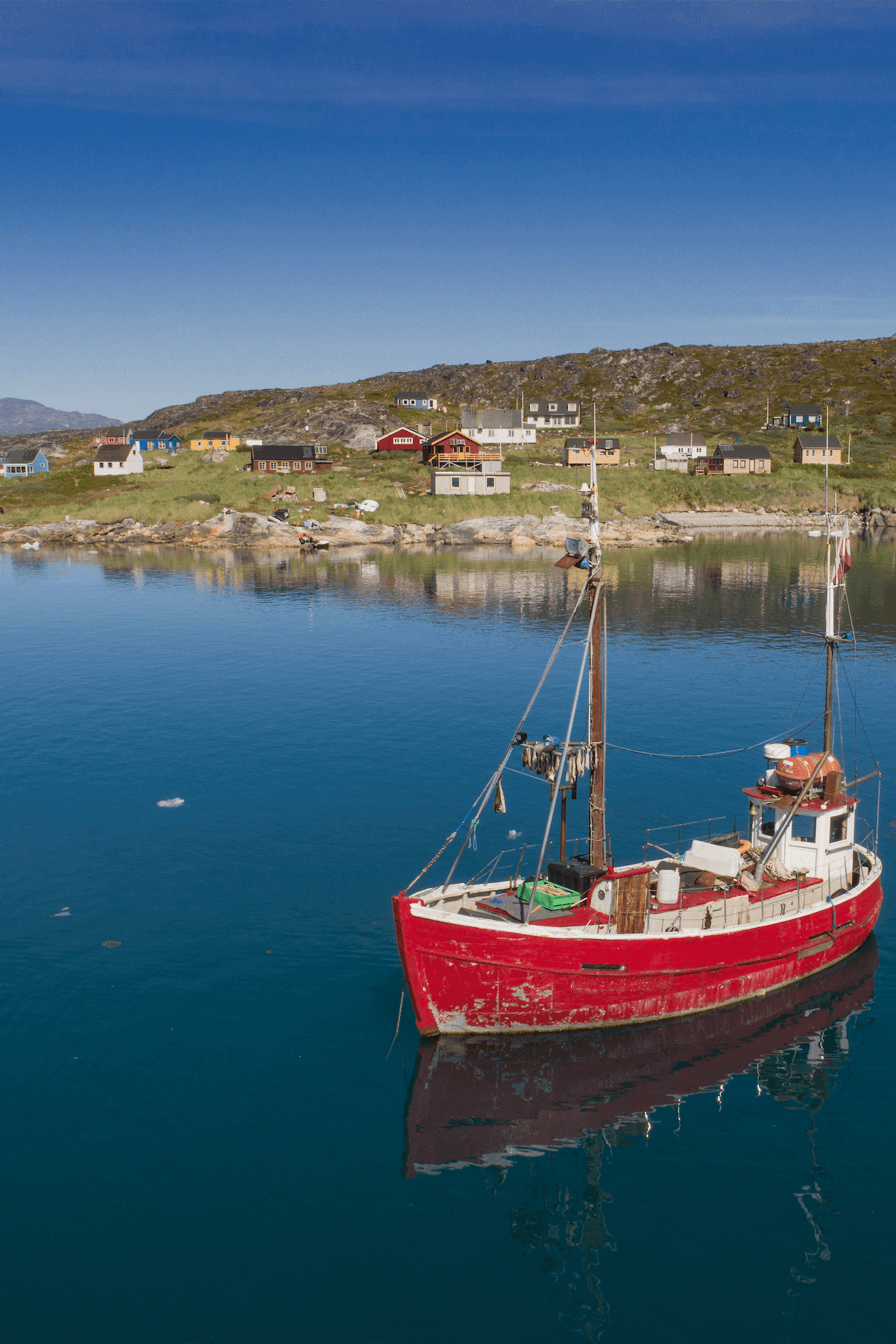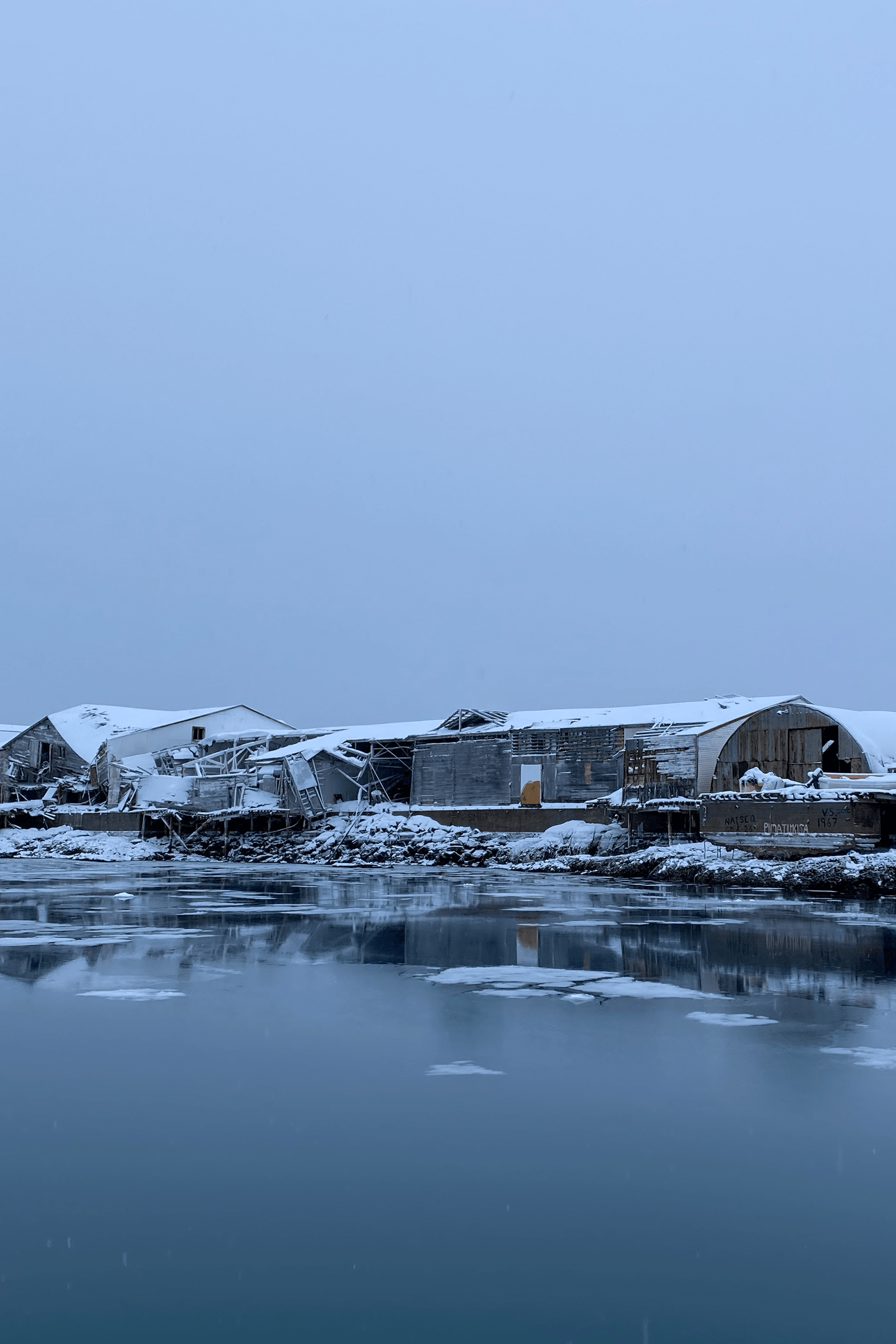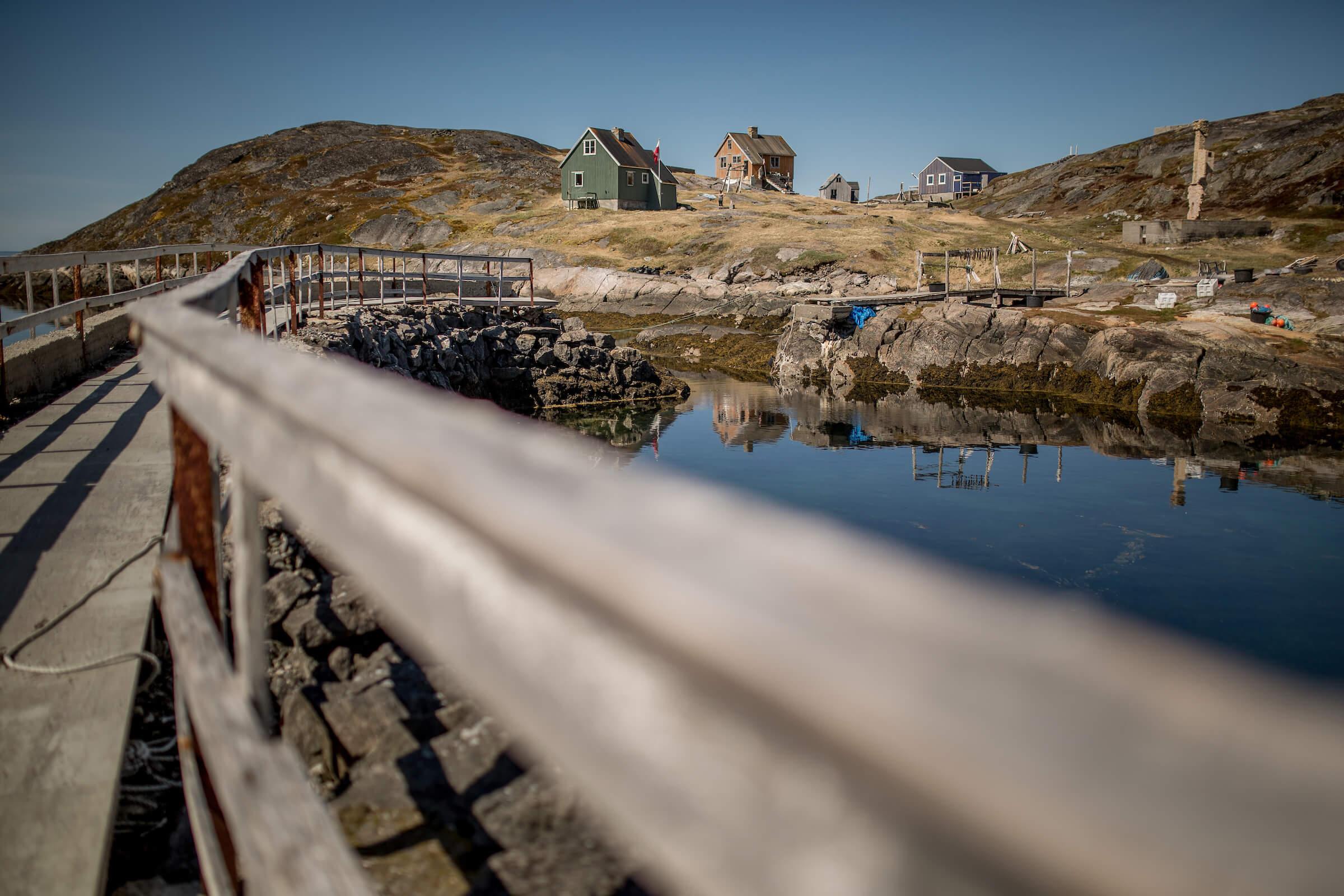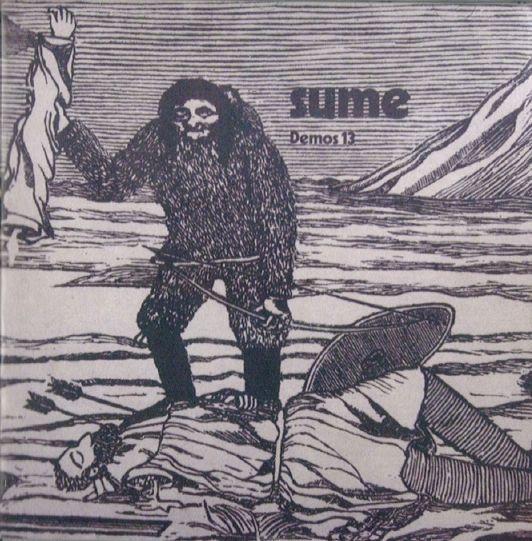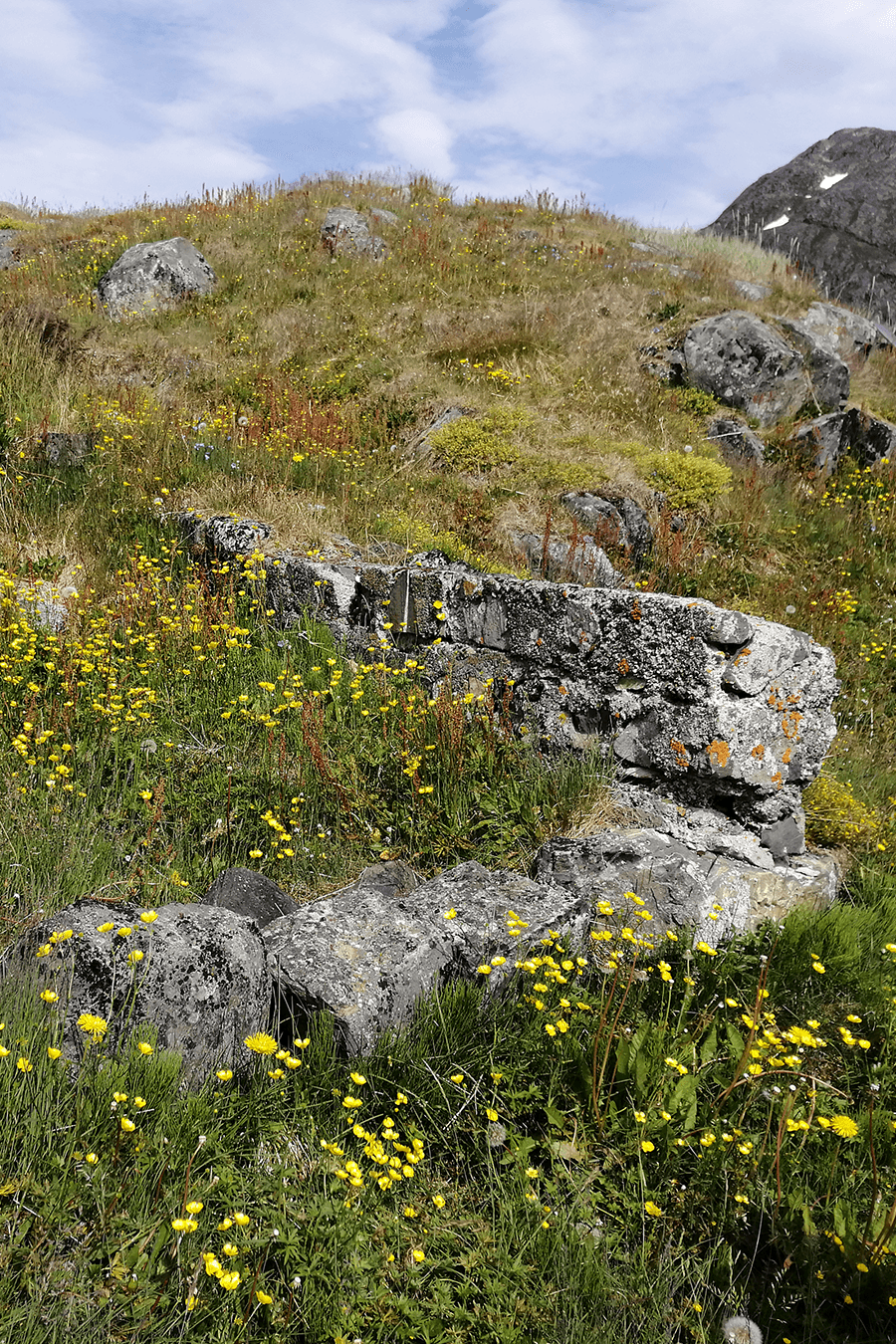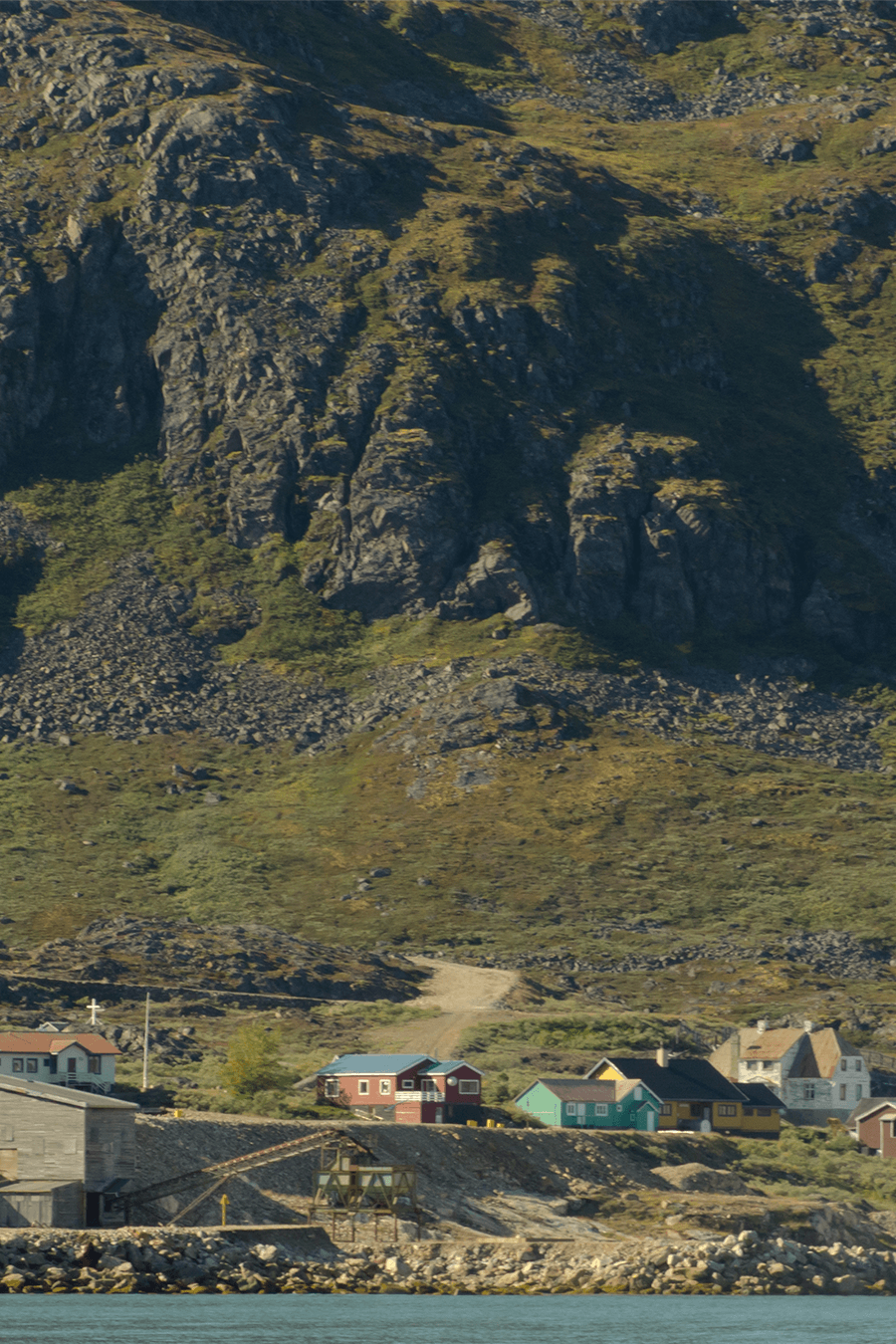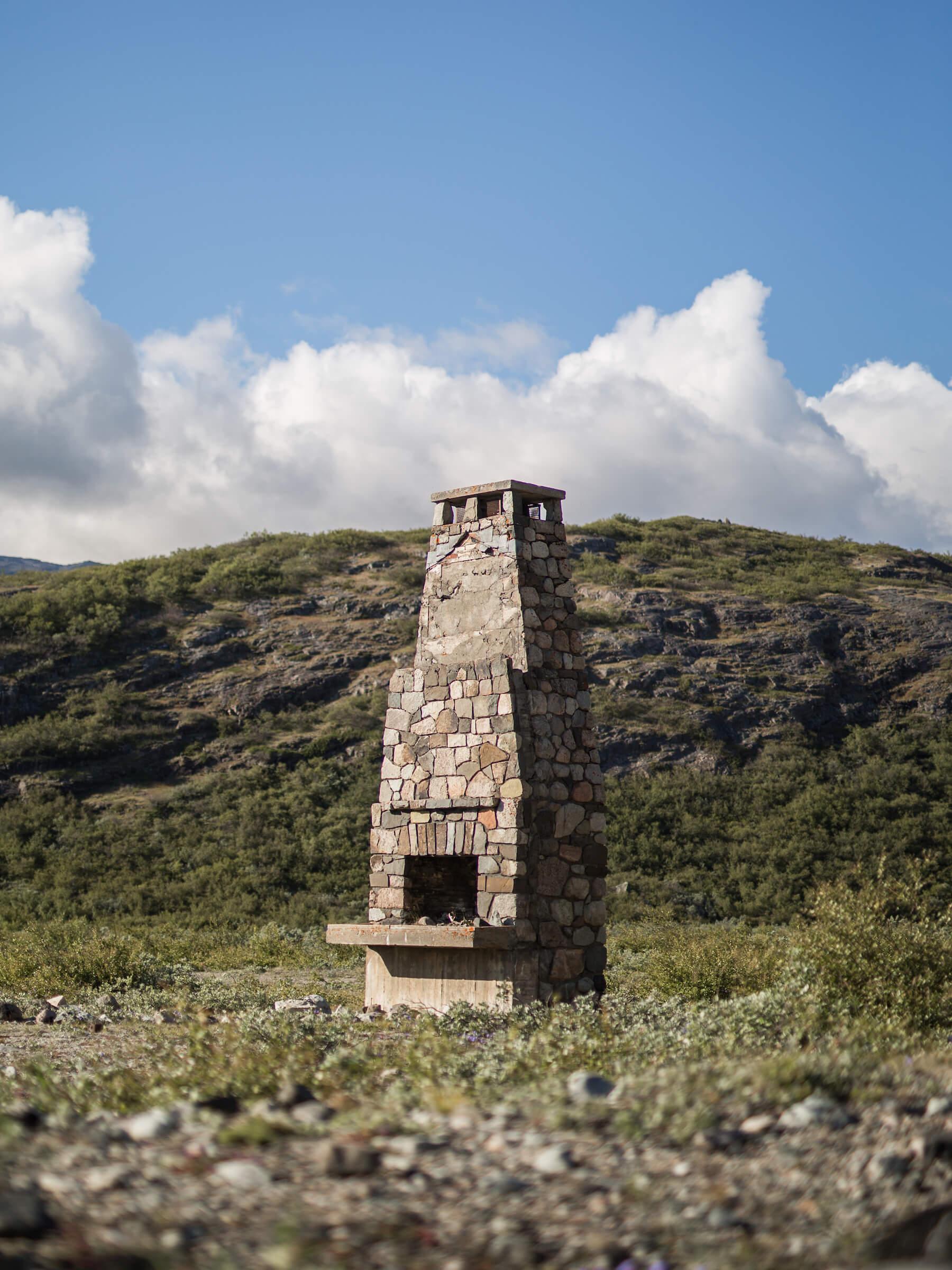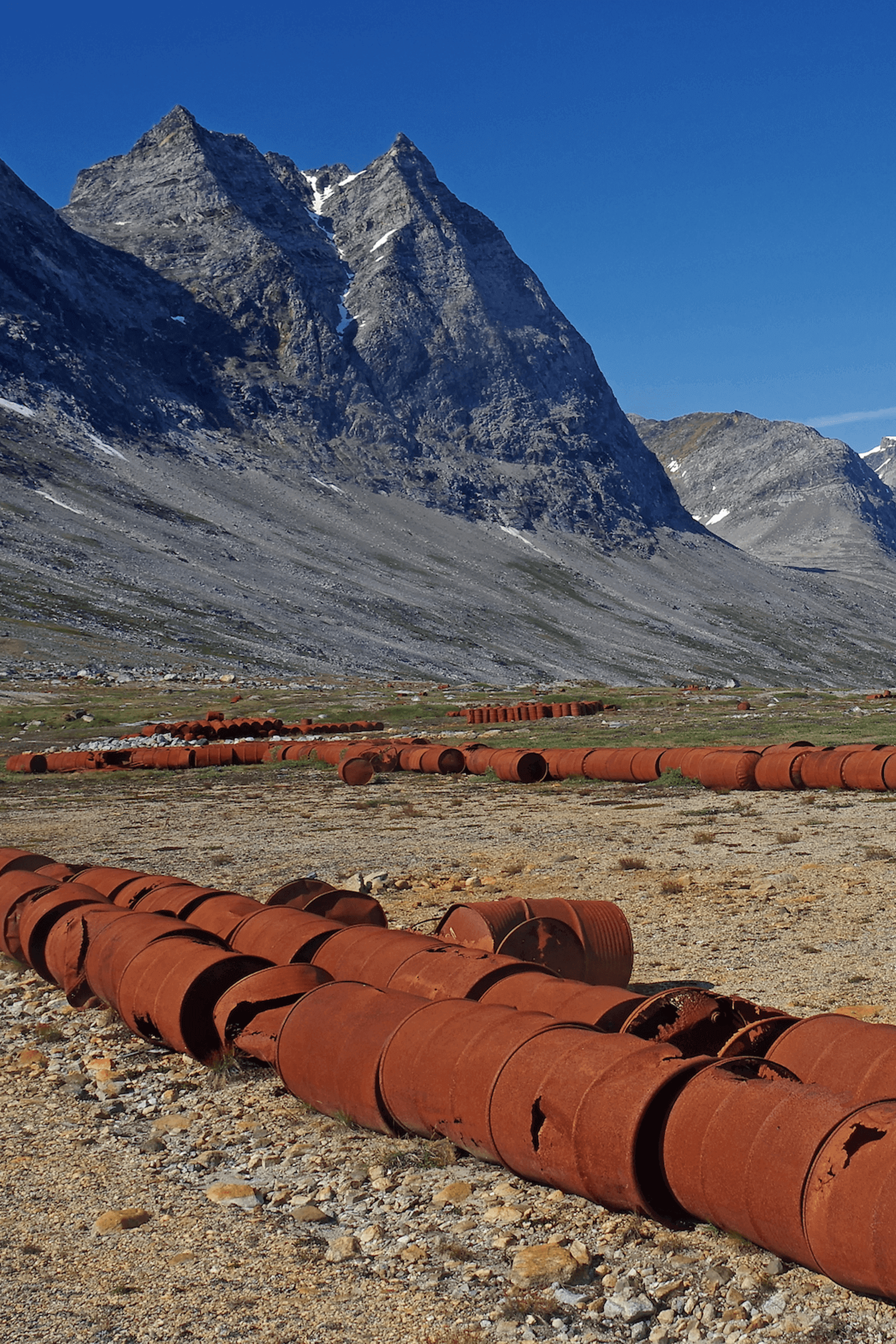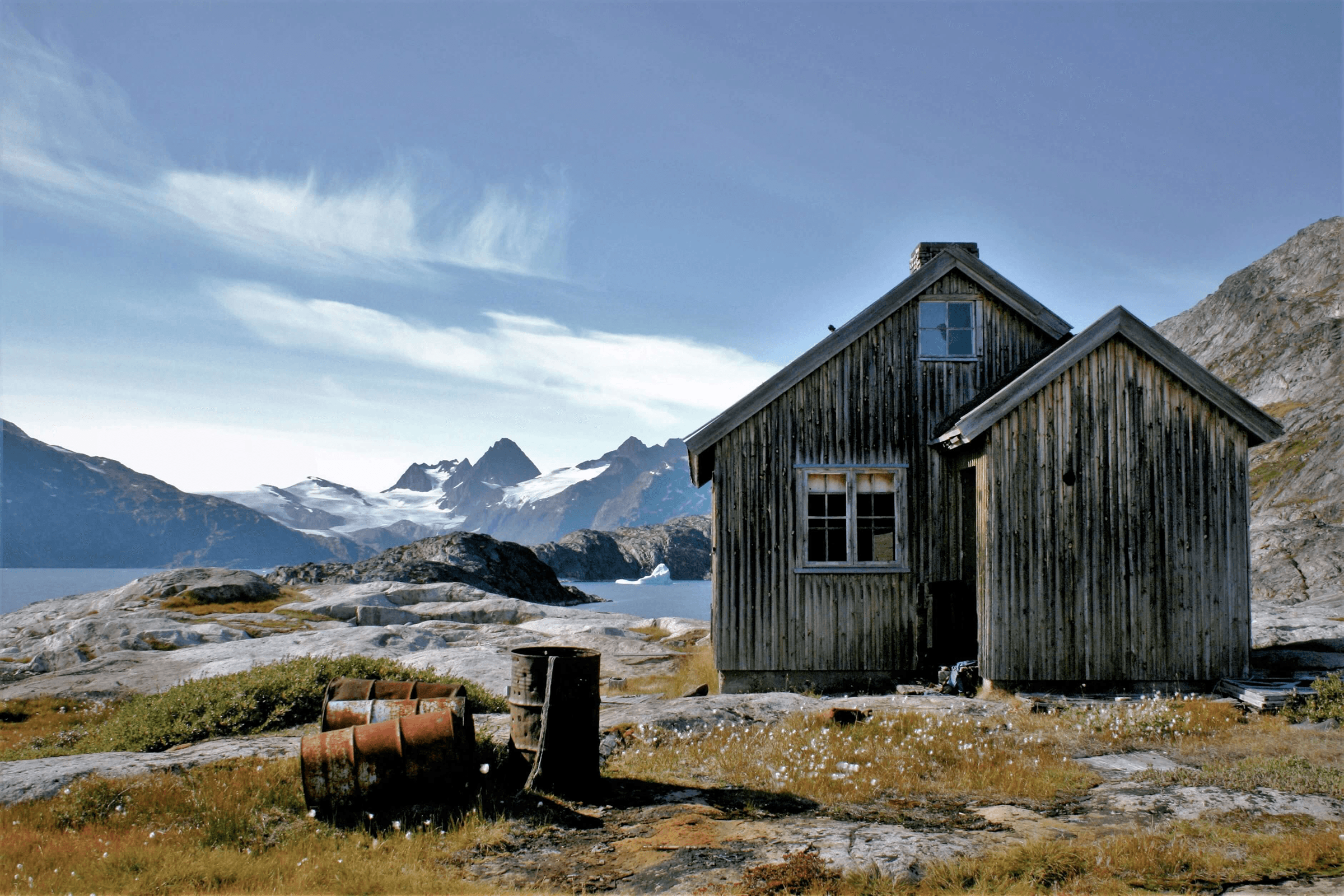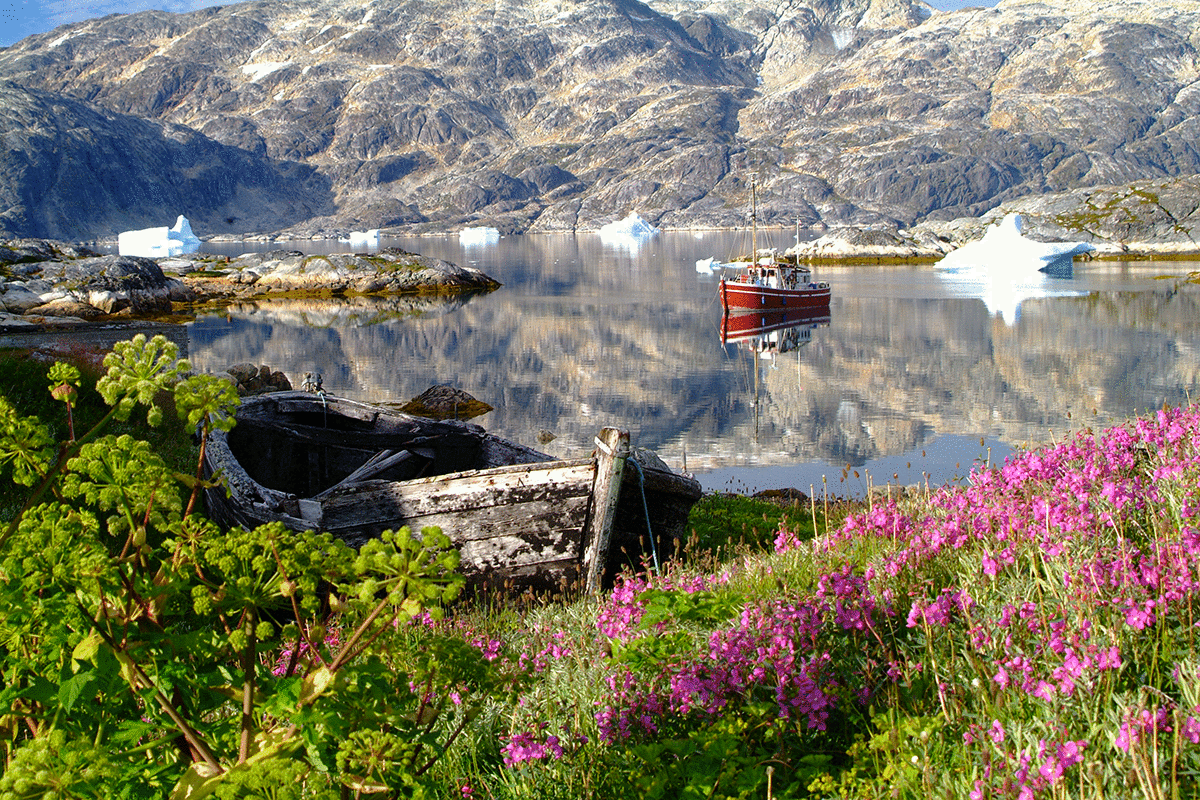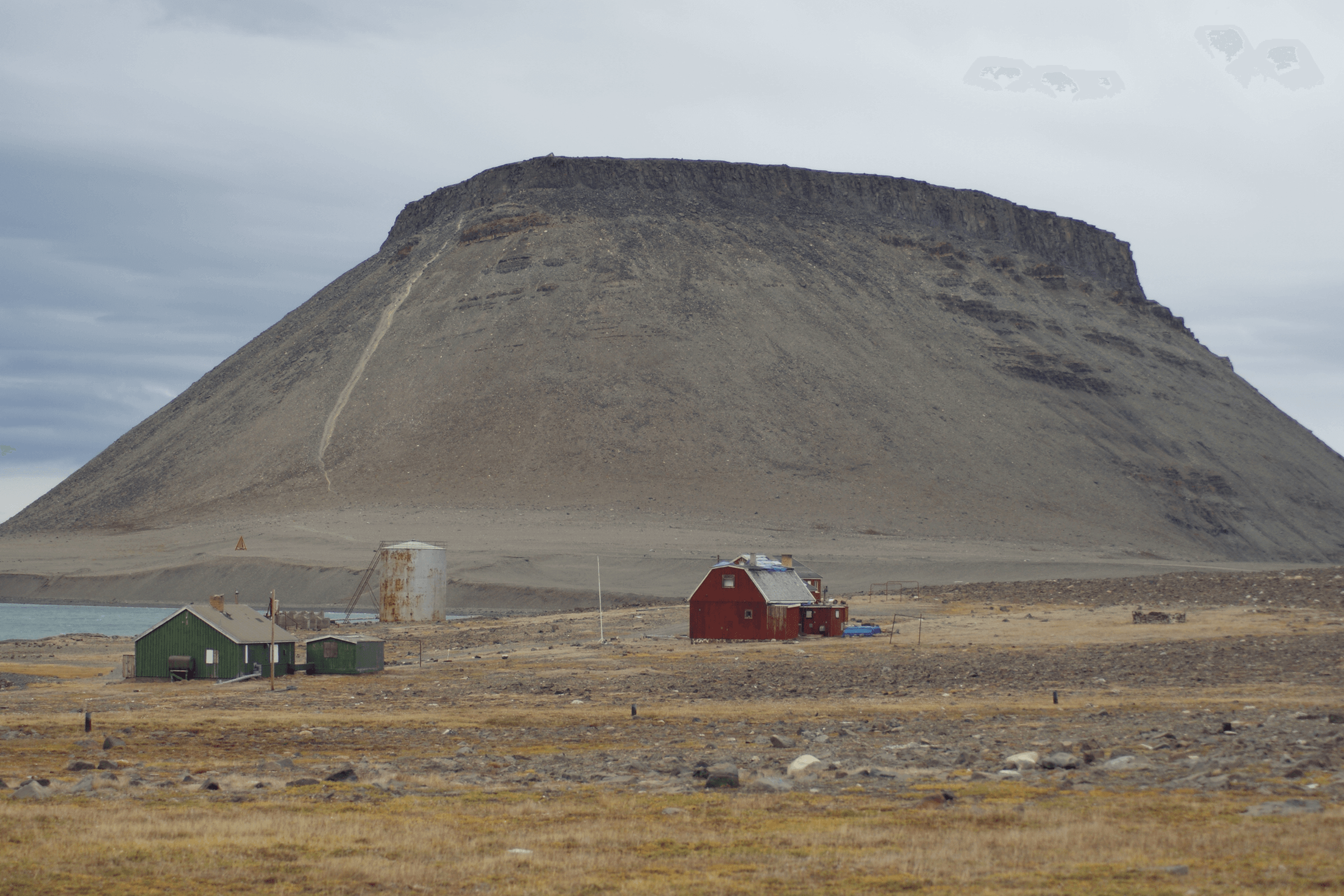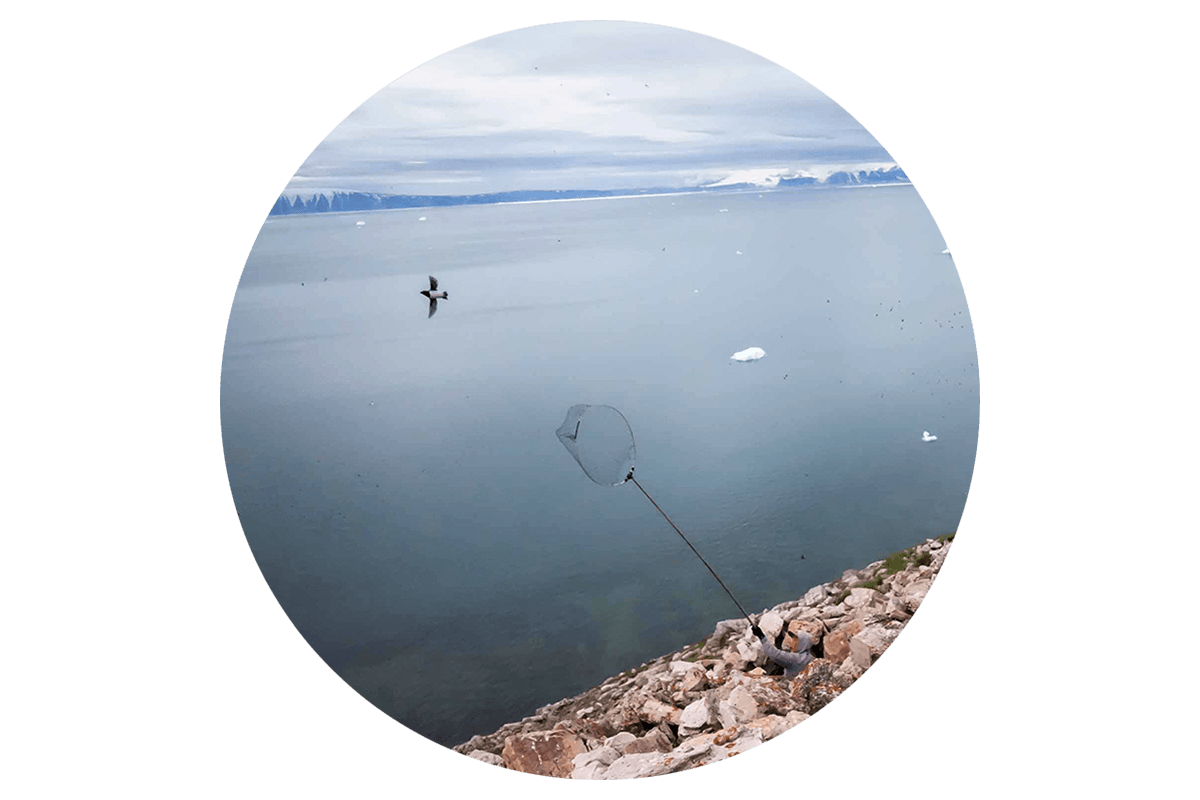Ghost towns.
The term is both scary end exciting, and it’s easy to let your mind wander. What stories do these places hide – are there really haunted houses – and why were they abandoned in the first place?
There are many abandoned places in Greenland, and there are, obviously, several reasons for the abandonment:
- The hunting grounds moved
- The natural minerals were used up
- Forced displacement for military purposes
- The need for a workforce elsewhere
Greenlanders were originally nomadic people who followed the food. This is also why we would often live in one place in summer and another in winter.
There are also several abandoned mining places in Greenland where the surrounding towns were closed as the minerals dried out, the most notable example being Qullissat.
In the same vein, the people of the old Uummannaq/Dundas settlement were forcibly moved to Qaanaaq when the Danes allowed the Americans to build a base at the site, today’s Thule Air Base/Pituffik.
Finally, the need for a workforce has also meant closing many settlements, especially as fish factories were built in nearby towns.
Abandoned places usually mean some kind of loss, but they also represent wild beauty. It is fascinating how nature takes over a place and turns artificial structures into something else.
Let’s take a look at some of the abandoned places in Greenland. We focus mainly on places you, as a visitor, can experience in one way or another, either by boat or on a hiking or kayaking trip.

